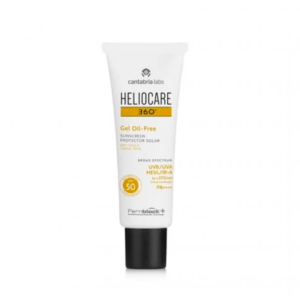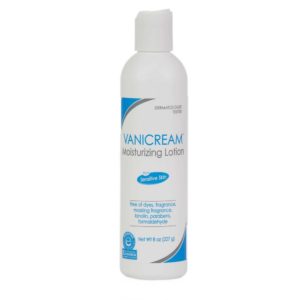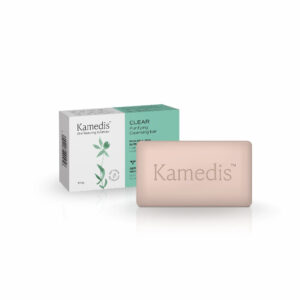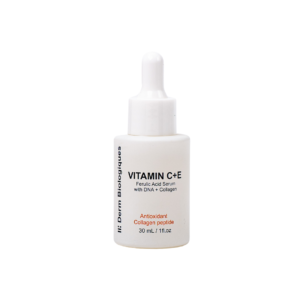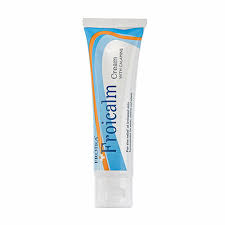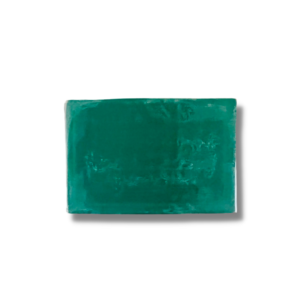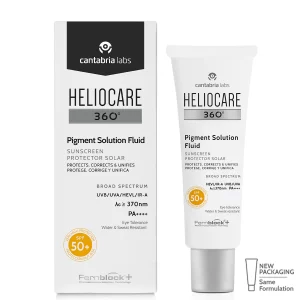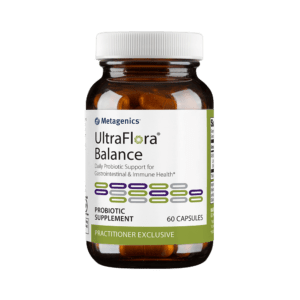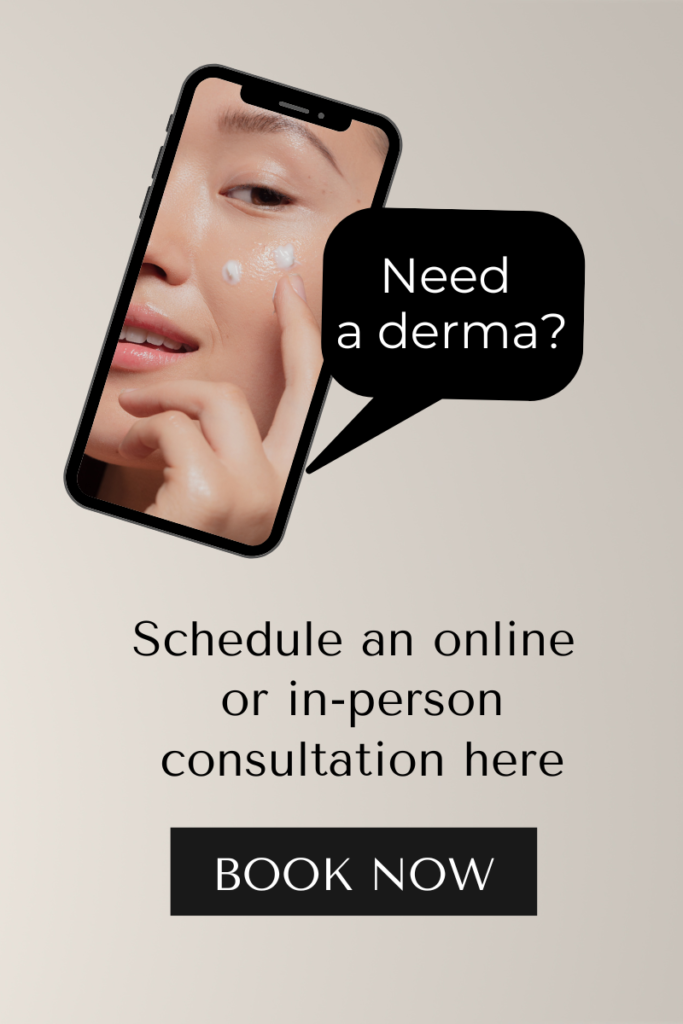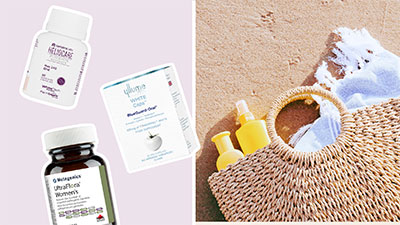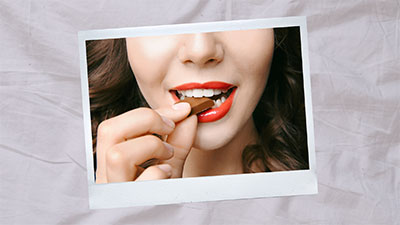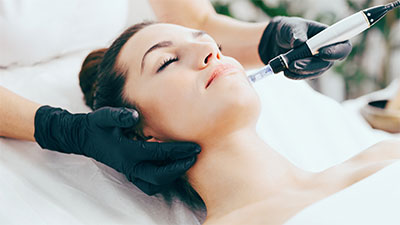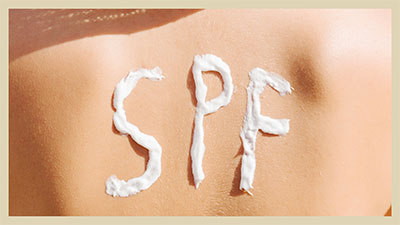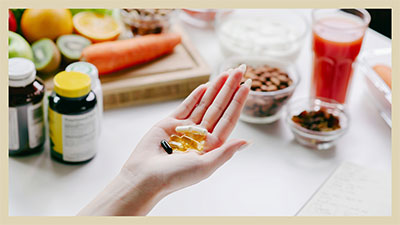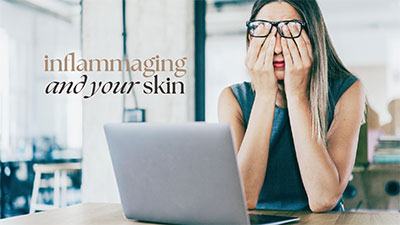Skin Sense: Do You Know How to Do a Skincare Self-Exam?
It’s time to get into the habit of checking your skin.

Maintaining healthy skin isn’t just about following the latest skincare trends or using high-end products—it’s also about being proactive and vigilant. Regular skincare self-exams are essential for catching potential issues early and ensuring your skin stays in top-notch condition. It’s also an easy way to catch early signs of skin cancer so you can get the necessary treatment right away.
Before diving into your self-exam, you’ll need a few things: a mirror (preferably a full-length one), good lighting, and a handheld mirror for hard-to-see areas. A magnifying glass can be helpful, too, for closer inspection. Start with a clean canvas—remove any makeup and cleanse your skin thoroughly. It’s best to do your self-check in the shower or right after you take a bath.
Identifying Common Skin Concerns
What exactly should you look for? Here are some of the things you should pay attention to when doing your skincare exam:
- Moles and spots
While the majority of moles are benign and harmless, their appearance and number can change over time, influenced by factors like sun exposure and hormonal changes during puberty or pregnancy. When checking your moles, use the ABCDE rule: Look out for asymmetry, border irregularity, color variation, diameter larger than a pencil eraser, and evolving size, shape, or color. If a mole fits any of these criteria, it’s time to consult a dermatologist. - Rashes and redness
Rashes can be caused by allergies, irritants, or infections. Redness, especially on the face, may be a sign of rosacea. If you notice persistent redness or rashes that don’t improve, it’s worth seeking professional advice. Dr. Maximin Navarro, resident dermatologist at Bella Pelle Skin Solutions and a Philippine Dermatological Society (PDS) fellow, advises getting checked if you usually experience “flushing of the skin especially after intake of alcohol, spicy foods, use of cosmetic products and even exercise.” - Dry patches and flakiness
Dry patches and flakiness could indicate conditions like eczema or psoriasis. (Also read: How to tell if you have psoriasis) Over-the-counter treatments might help, but incessant issues should be evaluated by a dermatologist. - Unusual lumps or growths
Any new or changing lumps or growths should be monitored carefully. If they change in size, shape, or color, schedule a doctor’s appointment to rule out serious conditions.
Other common conditions you may be able to discover during your self-exam include acne, signs of aging (wrinkles and fine lines), hyperpigmentation, and sun damage.
How to Do a Skincare Exam
Step 1: Examine your face.
Dr. Navarro advises doing your exam in a well-lit room—in the daylight or under a good light source. Start with your face, as it’s the most exposed and frequently scrutinized part of your body. Pay close attention to your forehead, nose, cheeks, and chin. Look for any new blemishes, moles, or discoloration. Note any changes in texture or unexpected breakouts.
If you notice any lesions or lumps, “check for any pain or tenderness as well as if the lump on the skin is well-delineated or circumscribed, and if it’s movable or fixed,” says Dr. Navarro. “Take note if there is a rapid or gradual evolution in the skin lesions, and report to your dermatologist.”
Step 2: Check your neck and chest.
Often overlooked, the neck and chest are crucial in your skincare routine. Look for signs of redness, spots, or lumps. These areas can show early signs of sun damage and aging, so keep an eye out for any new developments.
Step 3: Inspect your hands and arms.
Your hands and arms are constantly exposed to environmental elements, making them prone to skin issues. Check for changes in texture, color, and any new spots or moles. Pay attention to your nail beds too, as they can indicate underlying health issues. “Look for any longitudinal dark streaks on the nail plates and other changes,” says Dr. Navarro.
Step 4: Look at your legs and feet.
Don’t forget your legs and feet! These areas can develop varicose veins, dryness, or spots. Inspect your feet for any unusual calluses or blisters and check between your toes for any signs of fungal infections.
Step 5: Examine your back and shoulders.
Examining your back and shoulders might require some acrobatics with a mirror, or enlist a partner to help. Look for acne, moles, or any unusual changes. These areas are prone to sun damage, so monitor them closely.
How often should you do a skin check?
To keep your skin in optimal health, aim to perform a self-exam once a month. This regularity helps you become familiar with your skin’s normal state and quickly notice any changes. In addition to self-exams, schedule a full-body skin check with a dermatologist annually. If you have a history of skin cancer, significant sun exposure, or a large number of moles, you may need more frequent check-ups. People with fair skin, light-colored eyes, and those with a family history of skin cancer are at higher risk and should be extra vigilant.
Don’t forget to document your findings, too. Keep a skincare journal—or type on your Notes app—to track any changes or questionable signs. Taking photos can also be helpful for future comparison. This documentation is crucial for monitoring changes over time and discussing them with your dermatologist.
Keeping skin healthy
Of course, a good skincare routine is essential in maintaining healthy skin. Make sure to have these staples in your daily arsenal:
Sunscreen: Protect from sun damage and minimize your risk for skin cancer with a daily sun protector with at least SPF 30. Look for one that protects against both UVA and UVB rays, as well as infrared (IR) and high-energy visible light (HEV). Try: Heliocare 360 Gel Oil-free SPF 50, P1,800, a super lightweight gel formula that’s well-loved by both men and women.
Moisturizer: Keeping your skin hydrated is crucial for maintaining its barrier function and overall health. A mild moisturizer like Vanicream Moisturizing Lotion, P1,260, is suitable for all skin types, even sensitive skin. (Also read: The Difference Between Hydrating & Moisturizing)
Cleanser: A gentle cleanser helps remove dirt, oil, and makeup without stripping your skin of its natural oils. If you have oily or acne-prone skin—on the face and body—try the botanical-based Kamedis Clear Purifying Cleansing Bar, P850.
Antioxidant Serum: Incorporate an antioxidant serum like Derm Biologiques Vitamin C + E + Ferulic Acid Serum, P3,500, to protect your skin from free radical damage and improve its overall texture and tone.
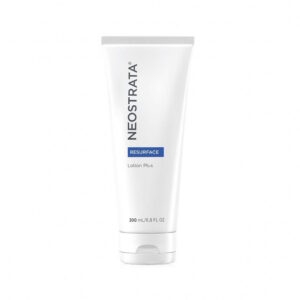 Neostrata Lotion Plus, P3,250 |
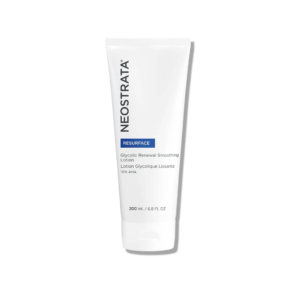 Neostrata Glycolic Renewal Smoothing Lotion |
Exfoliator: Regular exfoliation helps remove dead skin cells and promote cell turnover. Neostrata Lotion Plus, P3,250, is a face and body cream with 15% glycolic acid to smoothen dry, rough skin patches and improve the appearance of sun-damaged skin. If you’re new to AHAs, you might want to start with Neostrata Glycolic Renewal Smoothing Lotion, which is a bit milder—it has 8% glycolic acid.
Adds Dr. Navarro, “Healthy skin starts with a healthy gut,” stressing the importance of eating a balanced diet, drinking lots of water, and supplementing with probiotics to ensure a healthy gut microbiome. (Also read: Here’s how a healthy gut affects your overall health)
For customized skincare recommendations, you can book a face-to-face or virtual dermatological consultation with Dr. Maximin Navarro, our resident dermatologist and a Philippine Dermatological Society (PDS) fellow, here. You may also contact the Bella Pelle Skin Solutions Clinic at (+63) 999-887-1933. You may also view the full list of our facial services and treatments here.
Bella Pelle Skin Solutions is located 2/F L Building, #142 Katipunan, Brgy. Saint Ignatius, Quezon City. The center is open Monday to Friday, from 9 a.m. to 6 p.m.
For more beauty and skincare tips, subscribe to our newsletter:
SHOP OTHER PRODUCTS:

